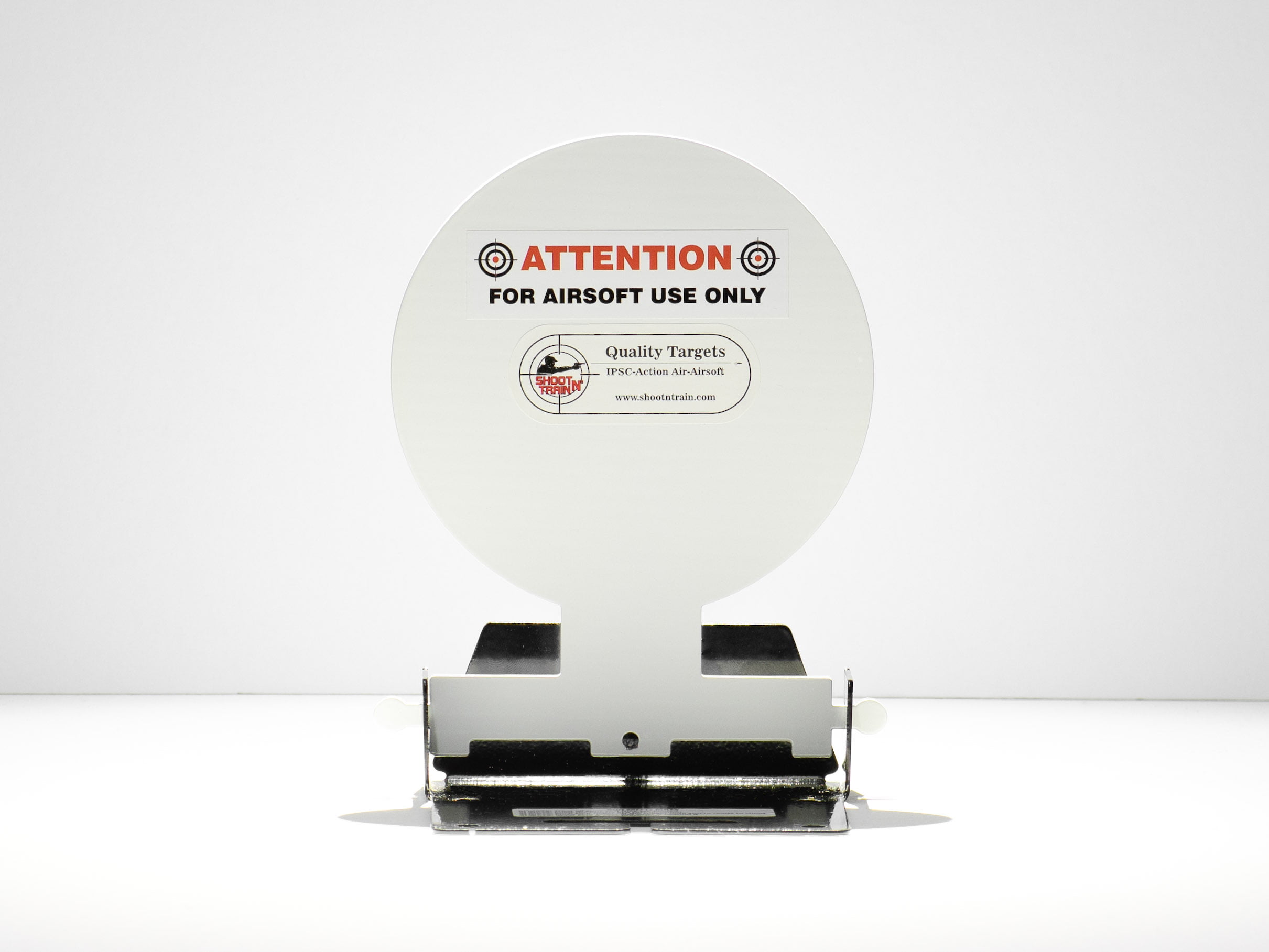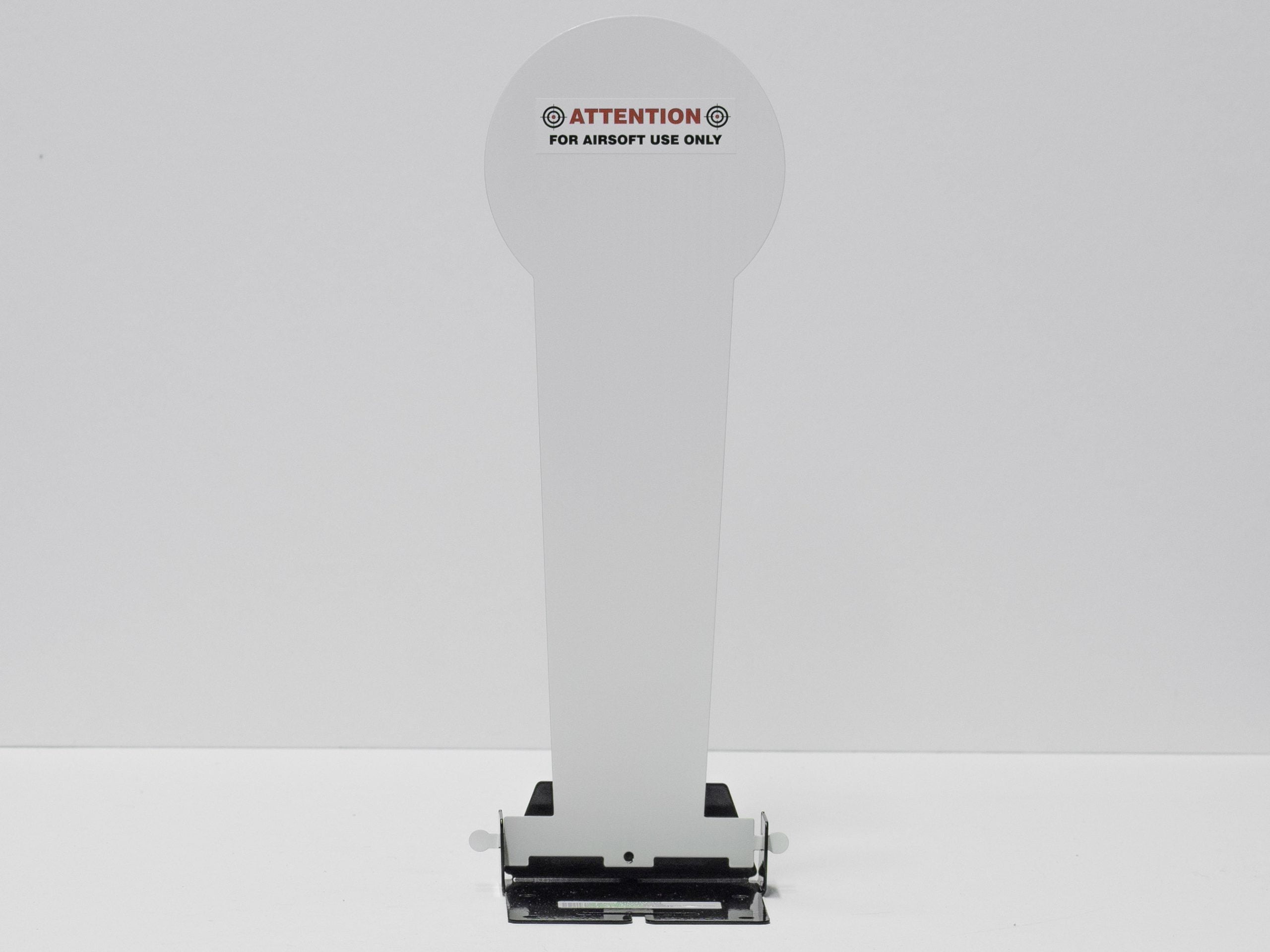
The Science Behind Efficient IPSC Action Air Targets
Introduction
In the world of IPSC (Worldwide Practical Shooting Confederation) Action Air, targets play an essential function in developing an interesting and tough shooting experience. The Science Behind Reliable IPSC Action Air Targets is a subject that delves into the intricacies of target design and how ipsc targets it affects the action air moving targets vs Shoot N' Train total efficiency of shooters in IPSC competitions. This short article intends to offer a comprehensive understanding of the science behind producing effective IPSC Action Air targets, from the products utilized to the design includes that enhance shooter abilities. Let's dive deep into this interesting topic and uncover the tricks behind these targets.
The Value of IPSC Targets
IPSC competitors are understood for their dynamic and fast-paced nature, needing shooters to demonstrate accuracy, speed, and accuracy. The targets utilized in these competitions act as the main point of focus for shooters, evaluating their ability to hit specific locations within a restricted amount of time. Therefore, creating targets that properly simulate real-life situations while providing instantaneous feedback to shooters is paramount.


Materials Used for IPSC Targets
Steel: The Timeless Choice
One of the most typically utilized materials for IPSC targets is steel. Steel offers outstanding durability, allowing targets to withstand thousands of rounds without significant damage. Its firmness makes sure that bullets do not permeate or trigger excessive damage to the target surface area, making it perfect for high-intensity shooting sessions.
Paper: A Flexible Option
Paper targets have actually been a staple in shooting varieties for years. They use versatility in regards to styles and scoring zones. Paper targets are light-weight, quickly replaceable, and affordable. Nevertheless, they do not have the durability of steel targets and may require regular replacements if utilized extensively.
Polymer: Combining Sturdiness and Flexibility
Polymer targets are acquiring popularity due to their unique combination of sturdiness and versatility. These targets are made from high-density polymer substances that can manage repeated hits without substantial damage. Polymer targets provide the benefit of being light-weight and portable while still offering a practical shooting experience.
Design Functions for Efficient IPSC Action Air Targets
Reactive Targets: Enhancing Shooter Feedback
Reactive targets are designed to provide instant feedback to shooters. When struck, they produce noticeable and audible indicators such as falling plates or reactive swinging paddles. These functions help shooters assess their precision and speed, permitting immediate changes in method. Reactive targets are important for IPSC competitors as they simulate real-life situations where fast decision-making is crucial.
Scoring Zones: Precision Training Tools
IPSC targets typically include scoring zones that challenge shooters to strike specific areas with accuracy. These zones differ in shapes and size, supplying different levels of trouble. By focusing on hitting smaller sized scoring zones, shooters can improve their precision and control over their shots. Moreover, scoring zones enable fair and unbiased assessment during competitors, guaranteeing that ability and precision are rewarded.
Target Motion: Dynamic Shooting Experience
Static targets can become foreseeable over time, lessening Shoot N' Train ipsc swinger targets the obstacle for experienced shooters. To address this, IPSC targets incorporate motion mechanisms that simulate real-life circumstances. Targets can swing, turn, or move unexpectedly, needing shooters to adjust quickly and make Shoot N' Train action air targets cyprus split-second decisions. This vibrant shooting experience enhances shooter skills by simulating the pressure and unpredictability present in real-world situations.
Target Positioning: Developing Realistic Scenarios
Strategic target placement plays a vital function in creating realistic circumstances for IPSC competitors. Targets might be placed at various distances, angles, and heights to imitate various shooting environments. By doing so, shooters should navigate through complex phases that need them to adjust their shooting strategies accordingly. This reasonable setup ensures that rivals are well-prepared for real-life circumstances where flexibility is paramount.
FAQs About IPSC Action Air Targets
- A: IPSC Action Air targets are specifically developed to imitate real-life circumstances, incorporating movement, scoring zones, and reactive functions that challenge shooters' precision and speed.
- A: Yes, IPSC Action Air targets accommodate both newbies and experienced shooters. The range of target designs and problem levels permit shooters to advance at their own rate while constantly improving their skills.
- A: Reactive targets offer immediate visual or auditory feedback when hit. This allows shooters to evaluate their precision and speed in real-time, allowing them to make adjustments and improve their performance.
- A: Absolutely! IPSC Action Air targets are created to stand up to outside conditions. Steel targets are particularly popular due to their resilience and resistance to environmental aspects such as rain or sunlight.
- A: Yes, IPSC competitions have rigorous rules relating to target positioning. These standards ensure a fair and consistent experience for all rivals while replicating realistic shooting scenarios.
- A: IPSC Action Air targets combine different design functions that challenge shooters' precision, speed, flexibility, and decision-making abilities. Regular practice with these targets permits shooters to develop a well-rounded capability necessary for real-world shooting situations.
Conclusion
The Science Behind Efficient IPSC Action Air Targets encompasses a range of elements that add to the total shooting experience in IPSC competitors. From the materials utilized to the design includes included, every aspect is carefully crafted to boost shooter abilities and mimic real-life circumstances. By understanding the science behind these targets, shooters can make informed choices concerning their IPSC equipment and equipment. Whether it's steel, paper, or polymer targets, the goal remains the very same-- to supply an engaging and tough shooting experience that promotes skill advancement and competition on the planet of IPSC Action Air.